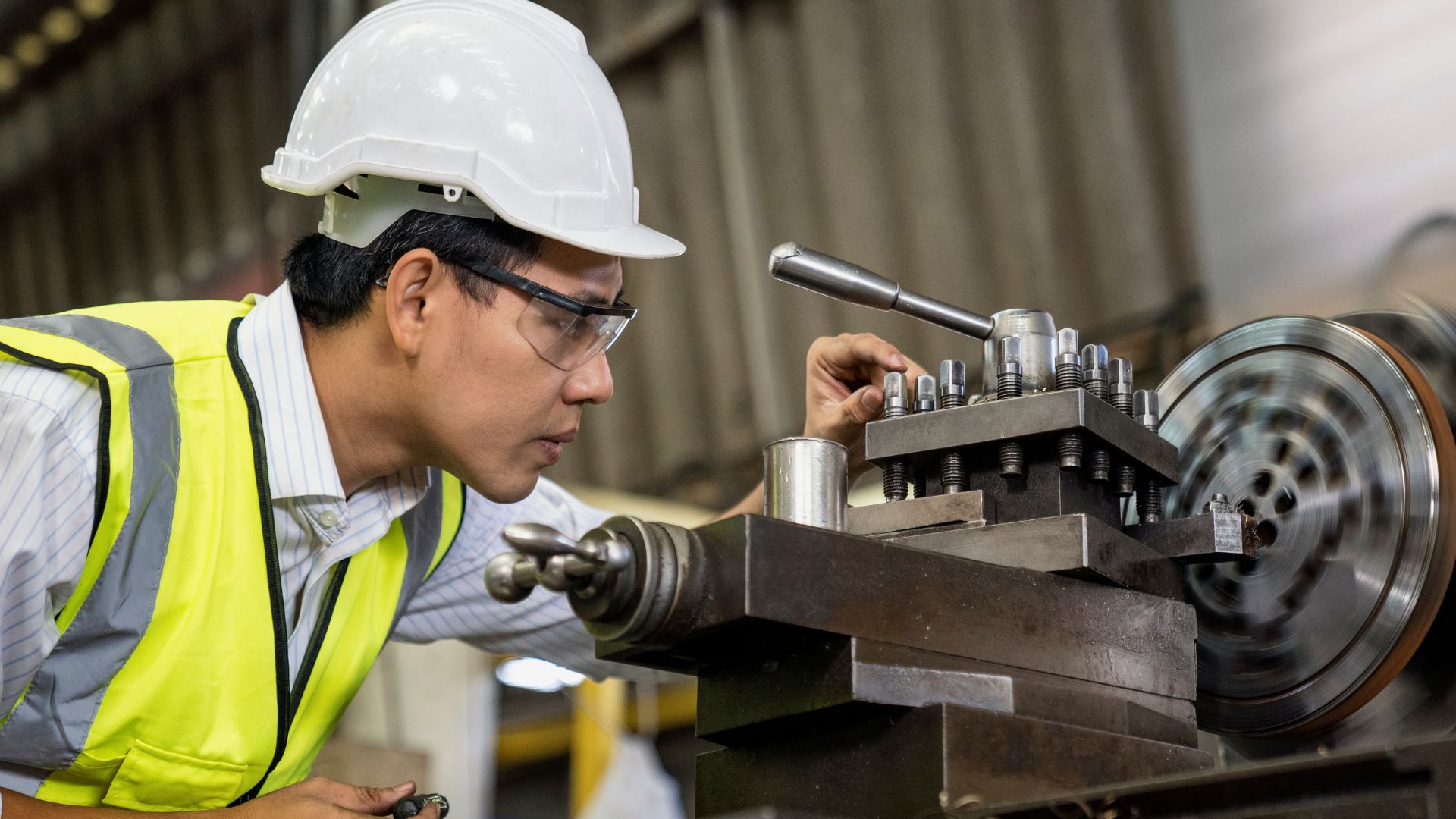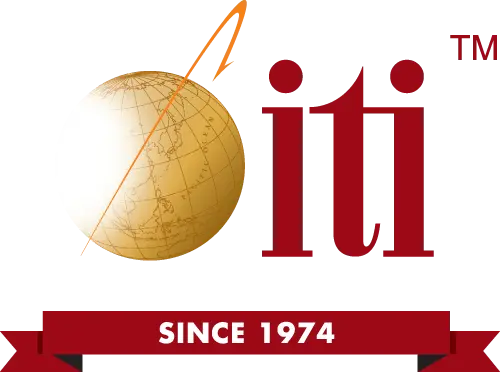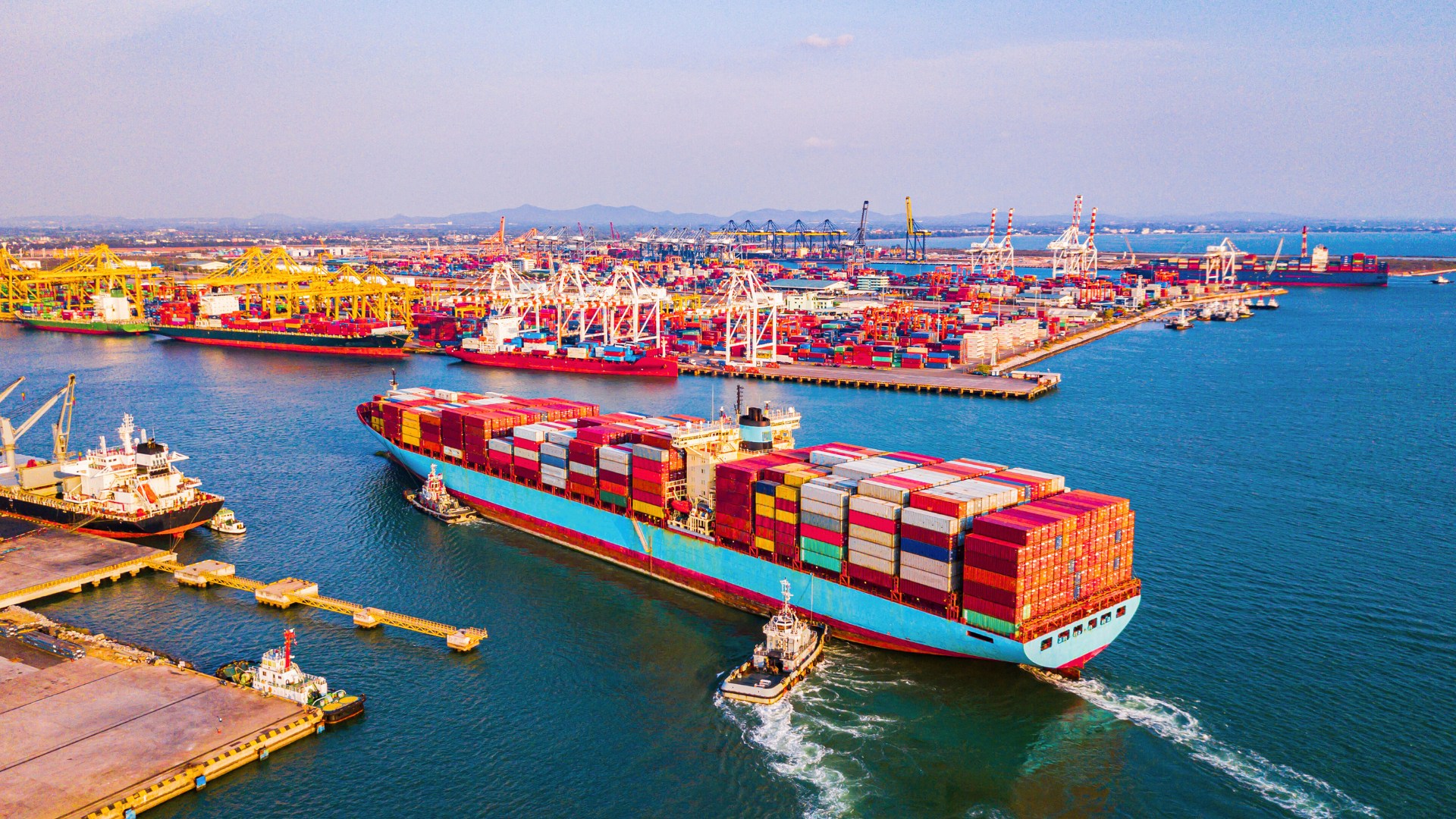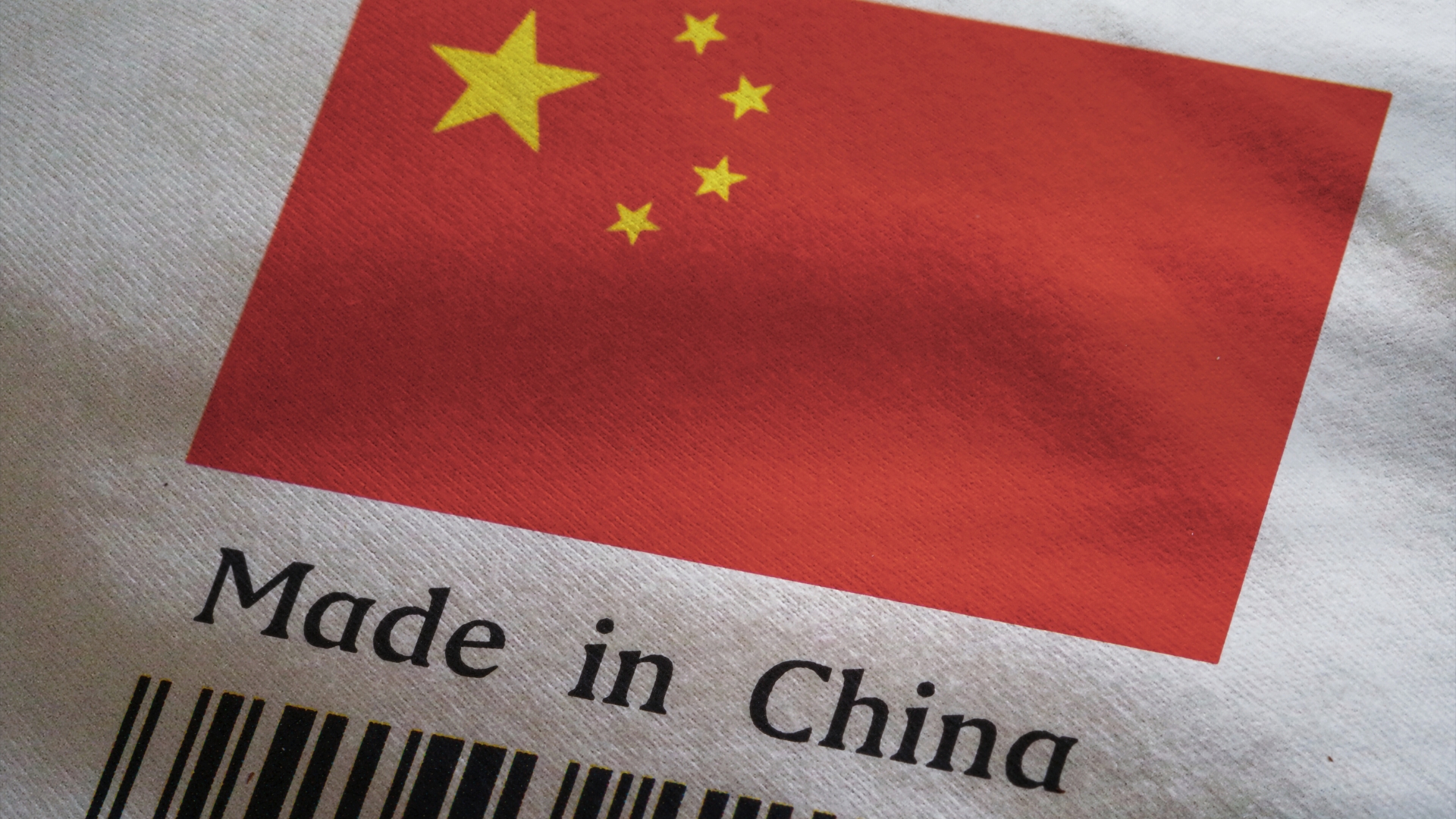
Trade tariffs artificially change the trade relationship between two countries in multiple ways, some of which drive manufacturers to seek out technological innovations to maximize or regain their threatened competitive advantage. Jockeying for trade advantage in this way isn’t a perfect solution , but as we outline in this article, there are tangible levers that manufacturers can pull to get ahead.
Economics as a science is one part quantitative reasoning and one part qualitative opinion, with the qualitative portion being influenced by human emotions and imperfect decision making. This human element adds a layer of politics on top of natural market forces that can have both surprising and detrimental effects (often at the same time). Trade tariffs are a good example of these political layers.
A Closer Look
To begin, let’s set the scene by describing how the United States currently exercises tariff policies:
- Domestically, tariffs and similar trade barriers are meant to protect a country’s workers and industries from nefarious foreign trade practices such as artificially low pricing, mass product dumping and currency value manipulation.
- Globally, trade barriers serve strategic political and economic goals such as protecting a country’s share of global trade, depressing a competing country’s growth and exerting pressure to influence unrelated political outcomes.
- The United States has historically followed globalist trade policies but has recently turned towards more protectionist policies in response to declining American manufacturing sectors and employment rates. This approach has led to an increasing and accelerated use of tariffs on imported products.
- Even as these sentiments shift, the U.S. is extremely far away from restrictive trade compared to other countries. The U.S. has a weighted average tariff rate of approximately 2 percent (measured across all imported goods), whereas in the top 10 countries with the highest weighted average, tariff rates range from 15.6 to 24.1 percent.
The Cause: How Trade Tariffs Influence Manufacturing Operations
Industrial manufacturing is already under immense pressure given today’s competitive environment, rate of inflation and high commercial capital rates. When tariffs are added onto the mix, manufacturers can find themselves stuck between two extremes: on one hand squeezed by complicated import conditions, while on the other hand benefiting from governmental protections.
Specifically, manufacturers will experience tariff impacts including:
Cost Increases
In essence, tariffs are taxes added onto product categories by the federal government and are collected at the point of import into the United States. For this reason, tariffs immediately raise the cost of an imported product. Manufacturers will experience these cost increases either directly (if they’re the importer themselves) or indirectly through prices raised by their suppliers.
Logistics Complications
As soon as tariffs are mentioned, impacted products soon become more difficult to ship and obtain. Manufacturers will typically ramp up purchasing to build stock ahead of tariff cost increases and may even unlawfully add shipping legs to route products through other countries “around” tariff barriers. These types of market reactions add pressure to shipping availability, costs and lead times.
Shifting Competition
By design, tariffs decrease competition by making certain imported sources of that product more expensive. In theory, domestic suppliers benefit from increased pricing headroom to operate under. However in reality, tariffs can create the opposite effect in certain cases by reducing the competitive landscape and shrinking supply volumes, both of which tend to increase competition amongst the remaining suppliers.
Market Anxiety
Tariff announcements generate different reactions between consumers and commercial buyers. Where consumers may display a more social and emotional reaction to tariff increases, economically savvy commercial buyers may recognize tariffs as an existential threat (especially when tariffs impact a company’s own supply chain of products and parts). In these ways, tariffs lead to market anxiety, causing both consumer and commercial buyers to alter their consumption levels. The uncertainty causes buyers to reduce their order volumes and withhold long-term contracts.
Retaliatory Actions
Foreign exporters are rarely pleased by tariffs that impact their economies, and many react with retaliatory actions designed to harm the tariffing country in return. For example with recent U.S. tariffs on Chinese imports, the Chinese government has responded with threats of restricting vital mineral sales to the U.S. as well as cutting their purchases of U.S. agricultural products. Such actions can lock up entire industries with uncertainty, and cause significant financial harm to domestic manufacturers that the tariffs were meant to protect.
The Effect: How Manufacturers Respond to Trade Policy Pressures
Where trade tariffs introduce turbulence, proactive manufacturers can elevate to calmer altitudes by implementing technological solutions that specifically provide better commercial visibility, informed decision making and strategic opportunity identification, such as:
- Advanced business analytics: Tariffs directly impact a business’s import costs, which can quickly cascade into sales slumps, demand retraction and cashflow constraints. Considered separately, these issues can be tough to translate into a cohesive plan of attack. To solve this, manufacturers are increasingly creating new analytical tools that take different business factors into account all at once. One key tool used by some more modern firms is a compound commercial model that combines demand forecasting with tariff-adjusted cost curves, which helps predict how tariffs will influence their overall operations.
- Data protection: One of the largest motivators driving current tariff increases is the concern over intellectual property theft, where foreign entities acquire American technology through normal export manufacturing activities and then illegitimately use it for their own gain. U.S. manufacturers and regulators alike are increasingly aware of this issue, treating new tariffs as a clarion call to implement heightened digital asset protection, vendor pre-qualification and vetting processes, and third-party data integrity certification.
- E-procurement: Trade conditions over the last decade have introduced certain volatility to all procurement engagements involving tariffed product categories, whether it be price inconsistency, frequent contract renegotiations or low supplier transparency. Manufacturers have increasingly launched E-procurement systems which systematize all their sourcing activities, from initial vendor qualifications to ongoing contract management and beyond. With new trade tariffs coming, manufacturers can put E-procurement to work for them in speeding up the identification and onboarding of diversified supply channels before these tariffs take effect.
- Supply chain automation: Going beyond E-procurement, manufacturers are using tariff increases as motivation to automate entire swaths of their supply chain management operations. Manufacturers tend to have four main needs where automation can help in short order: supplier coordination, logistics visibility, material traceability and quality control. These needs can be met by a combination of advanced software packages and third-party sourcing agent support. Together, these solutions can provide a manufacturer with deeper insight into ongoing orders than ever before and can also automate and speed up touch points between supply chain steps (even automatically working around tariff risks along the way).
- Vertical integration: For many manufacturers, complete vertical integration of their supply chain is an aspiration but is often not an obtainable financial or commercial reality. Still, manufacturers can take inspiration from the principles of vertical integration to determine where they should separate internal and external supply functions, and periods of increasing tariffs can positively stoke this fire. For example, some manufacturers may currently import intermediate components for domestic assembly that will now be tariffed, but by thinking in terms of vertical integration, could move themselves up in the chain to purchase (non-tariffed) raw materials and reshore the intermediate component assembly steps to alternative (non-tariffed) channels.
Questions on Trade Tariffs?
We’re happy to discuss how trade tariffs might be affecting your manufacturing processes. Let us know what questions you have and how we can help. Reach out to us today.





